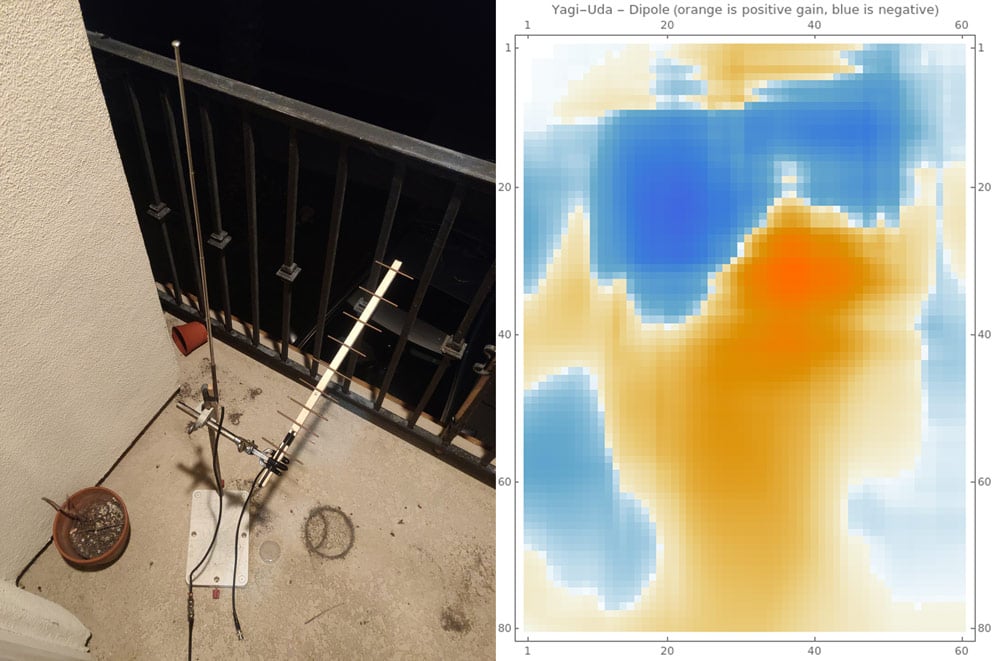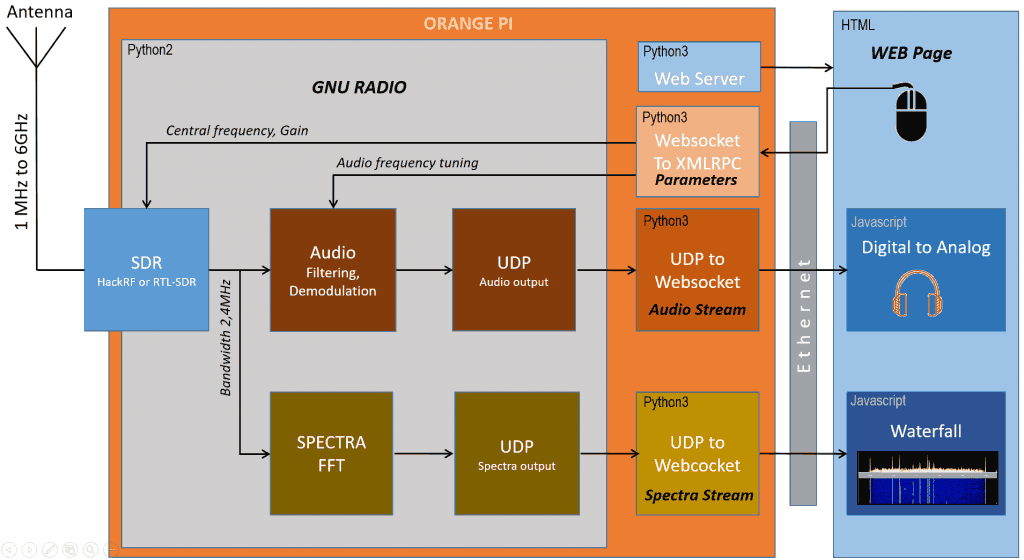Step-by-step Guide to Creating a GNU Radio Based QO-100 SSB Receiver
Thank you to M Khanfar for submitting his video that shows a step-by-step tutorial on building your own SSB receiver in Windows GNU Radio for QO-100 satellite reception. His tutorial includes adding several tuning sliders in the GNU Radio GUI as well.
QO-100 / Es'hail-2 is a geostationary satellite at at 25.5°E (covering Africa, Europe, the Middle East, India, eastern Brazil and the west half of Russia/Asia) providing broadcasting services. However, as a bonus it has allowed amateur radio operators to use a spare transponder. Uplink is at 2.4 GHz and downlink is at 10.5 GHz. We note that we are selling a "bullseye" LNB in our store which allows most SDR dongles to be able to receive the signal with high frequency accuracy.


